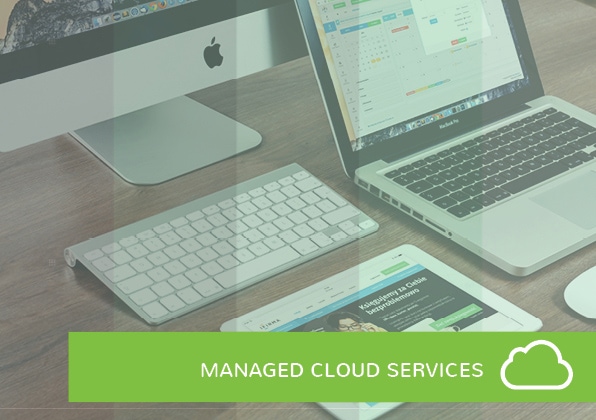Managed IT Services:The outsourcing of IT tasks to a specialist IT company rather than buying and maintaining IT hardware and software yourself. A service level agreement is used to determine the performance standards that must be met.
Office 365:Microsoft office applications delivered over the internet, as a cloud service. Instead of downloading and running the software yourself, you pay a subscription to access the apps over the internet.
Server:A computer program that provides services made by other programs called clients. For example, when you view a web page, your browser (the client) make a request to the server that stores that web page. The server then fulfils the request by sending the web page.
Dedicated Server:A server that has its own dedicated hardware and operating system to run on.
Virtual Server:A server that acts like a dedicated server, but shares computing hardware with other programs. You can have several virtual servers running on one physical machine, making it cheaper that using a dedicated server.
Server Hosting:Outsourcing of your servers placement and maintenance. This is one of the most common type of managed IT services.
Networking:The process of designing, building, and maintaining of computer networks.
VOIP Services:Voice over Internet Protocol is a methodology for sending and receiving voice calls over the internet. VOIP services offer this technology as a service. NETWORK SECURITY Protecting the files and computing resources on a network.
Software Asset Management:The practice of controlling and optimising the use of software in an organisation. This involves tracking licenses, ensuring compliance, reducing costs, and reducing complexity.
Software as aService (SAAS):The highest level of cloud services. A SaaS application is already built and ready to use over the internet. You access it with your browser and don’t download or run any software. Examples include Gmail and Microsoft Office 365.
Platform as a Service (PAAS):The middle level of cloud services for users that want to build cloud applications. A platform is provided to build, deploy, and run applications, without the complexity of building and maintaining the underlying hardware or network infrastructure.
Infrastructure as a Service (IAAS):The lowest level of cloud computing. IaaS provides computing resources like storage, processing power and network capability over the internet. Companies using this service will have access to these just as if they were in their own data centre – but without having to worry about building, maintaining or scaling the system.








